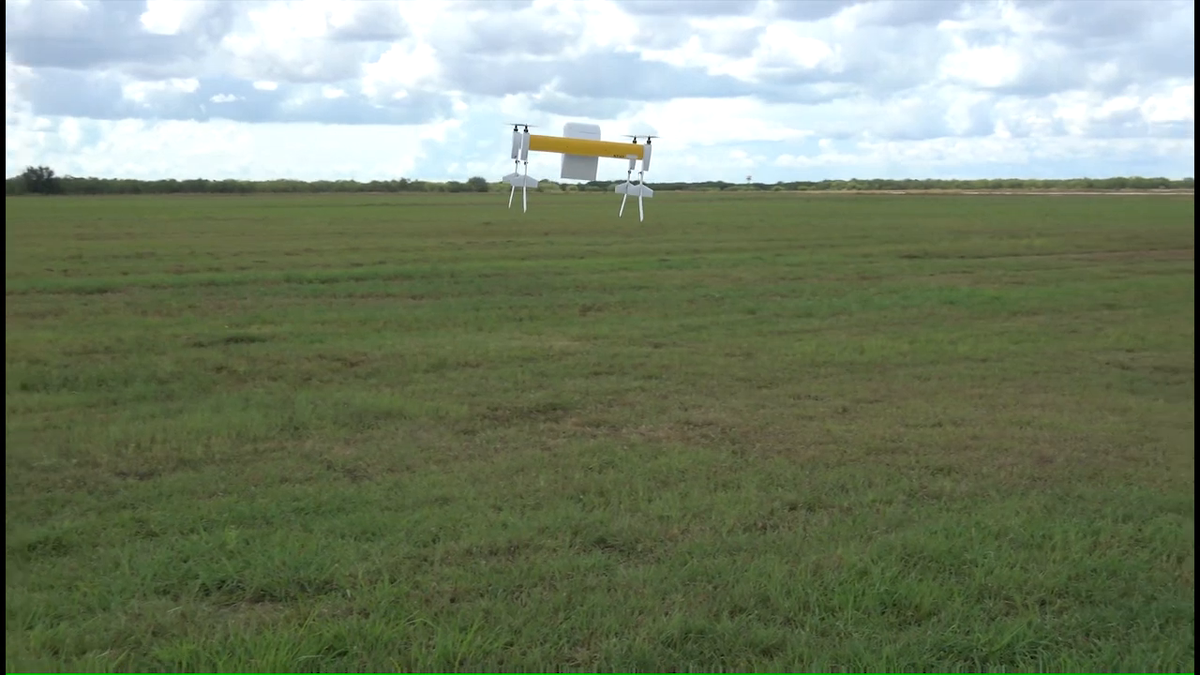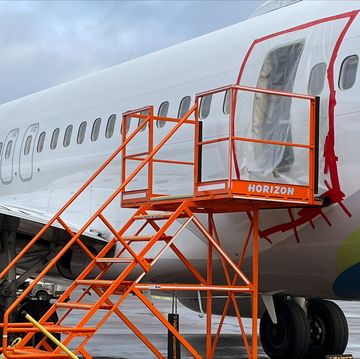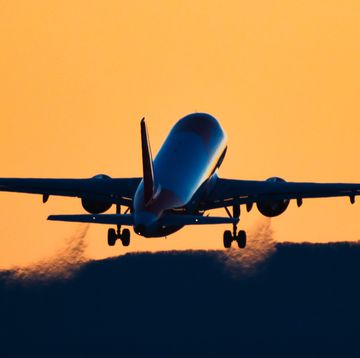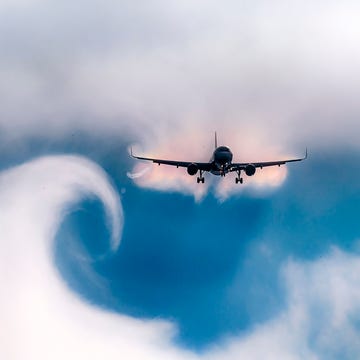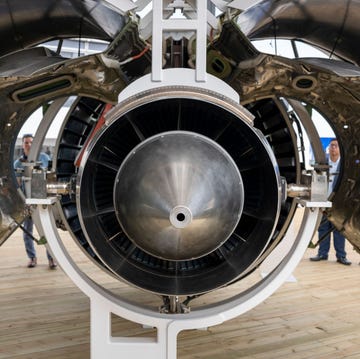There are plenty of things about air travel that should be easier, but some parts will always be a challenge. Scheduling dozens or hundreds of flights per day, for instance, is a herculean effort of organization.
Wendover Productions breaks down the intricacies that modern airlines use to try to keep flights steadily progressing across the day.
Airplanes use hubs for a wide variety of purposes. In America, there are north-south hubs like Reagan-National near Washington, D.C and Charlotte Douglas in North Carolina. Miami works towards connecting flights for the Caribbean and Latin America, JFK in New York handles a lot of European flights, LAX in California is a hub for Asian travel. There are also hybrid hubs like Philadelphia, taking in flights from the north and directing them across the board.
But it's not just a matter of sending planes to the right airports. Airlines use a system called hub banking, which clusters flight around similar times. The idea is that passengers spend less time waiting around for connections. An average day has 10 or so 'banked' times, in which several flights all leave within minutes of each other.
The most serious challenge to hub banking came after 9/11. Ticket purchases for flights plummeted at least 30 percent. The uniformity offered in a banked situation suddenly became ineffective, and airlines moved towards a rolling schedule throughout the day. Only in 2015 did airlines like American feel comfortable enough in their situation to switch back to banking.
The system is very far from perfect. Everything from mechanical delays to lack of flight crews keep planes grounded, and that's not even counting the weather. But at least flight banking offers an ideal to work towards.
Source: Wendover Productions
David Grossman is a staff writer for PopularMechanics.com. He's previously written for The Verge, Rolling Stone, The New Republic and several other publications. He's based out of Brooklyn.

